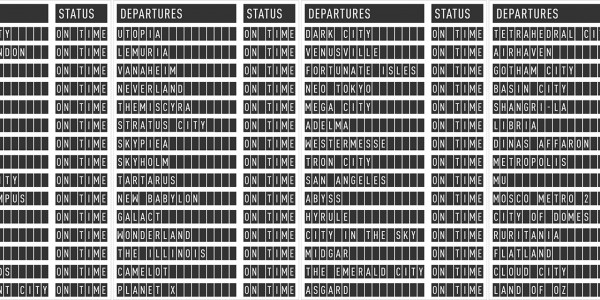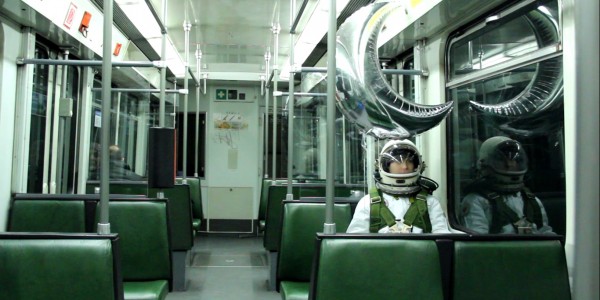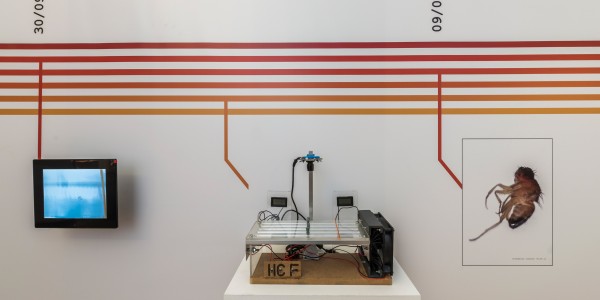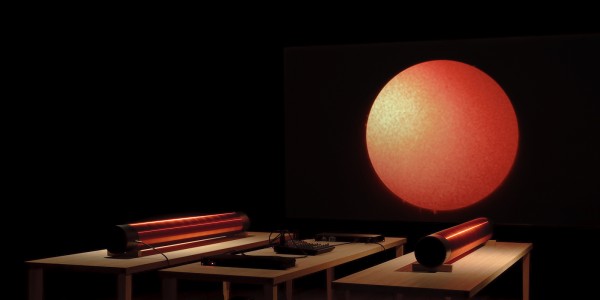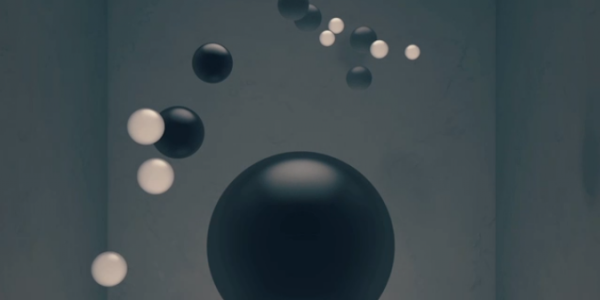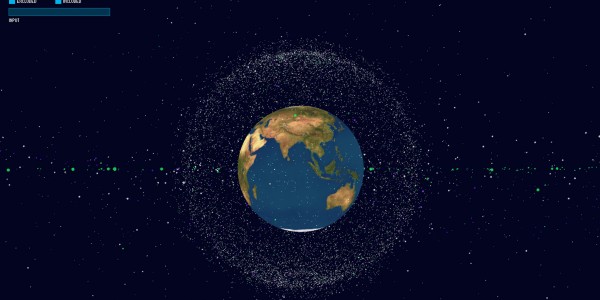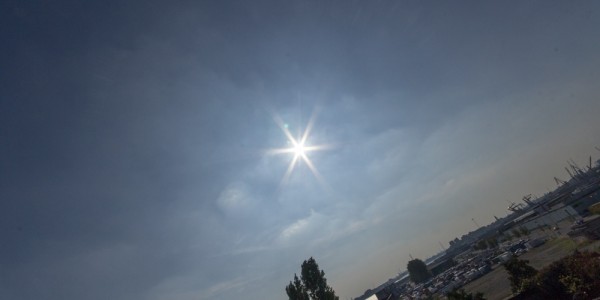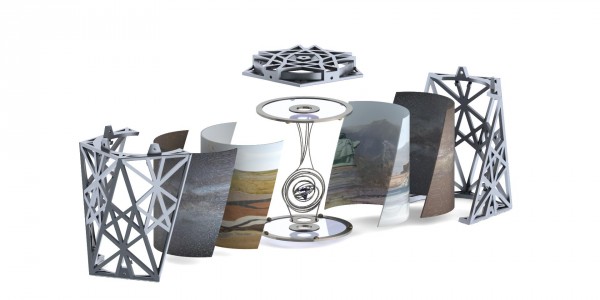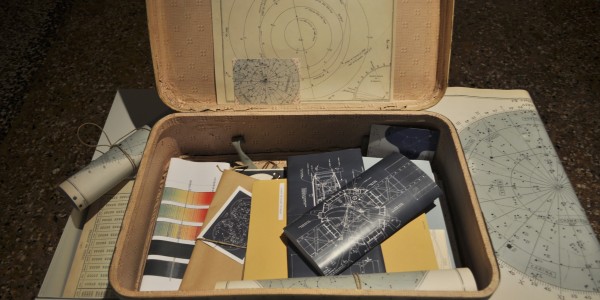Space exploration today is still mostly about doing research, unveiling and disclosing the mostly unknown territory of the universe, and the conditions of traveling in outer space like the impact of zero gravity conditions on living systems, thus also on ourselves. Analyzing the universe and its structures through visual observation, telescopes, sophisticated visualization systems, satellites and space probes confronts us with our limited knowledge to understand what we see, sense and visualize from the data we gather. We have learned a lot, but still what we observe is often hard to comprehend or doesn’t directly fit our knowledge of the universe and its basic laws of nature.
Looking at the stars is looking back in time since the light we observe and see travels towards us even when the star itself already died. So looking at the stars is bringing us closer to the beginning of time, the Big Bang that assumedly took place about 13,8 billion years ago (but which still is a scientific theory). For centuries we have been observing stars, planets and comets since they so brilliantly shine out there with a fantastic black background, but they only make up a fraction of the universe. Only 4% of the universe is made of ordinary matter, while the other 96% remains completely ‘dark’ to us. It is still mostly unknown territory what is out there! The darkness that we see when looking up at night, we now know, is mainly filled with Dark Matter which is invisible to the naked eye since it contains no matter, but we can still see it because of its gravitational impact on neighboring solar systems and other celestial objects. In fact, it’s everywhere and keeps everything together, all the time. This darkness occupies us since it works like an attractor on our curiosity. The universe with all its secrets and as the cradle of Life is challenging us to better understand the basics laws of matter, and how Life and intelligence (might) emerge from that. Our human presence in the universe might be understood as a beautiful accident, or, who knows, an unavoidable part of how matter organizes itself. The accident seen as a generative force instead of solely being a destructive force.
Even though one might think we turn our face away from Planet Earth when directing our attention towards outer space, one should consider that focusing on outer space can easily turn into a disquieting trip into the abysses of inner space, of mythology, fiction, fears and dreams, a topic addressed so often in popular culture when reflecting the astronaut and space travel.
Space exploration is not an escape from the harsh realities on Planet Earth, it just takes a different entrance to better understand who we are, what Life is, and where we come from and would like to go to when time has come. It is a way to reflect and shape our contemporary urgent conditions on Planet Earth (ecology; declining natural resources; and even politics a.o.), something the arts has been doing for centuries. Physically traveling into space is today mostly the territory of science and the military apparatus, without the powerful quality that artists, designers and other creative minds can add to this research, to open up new social, political, cultural and material perspectives, and imaginations that go beyond our regular vocabulary and paradigms regarding the way we understand and experience the realities we live in.
As this exhibition shows, there has been a consistent interest from artists in reflecting and shaping space exploration and its underlying social, cultural and political as well as material issues, this not only in Sci-Fi but also in doing fundamental artistic research in mostly zero gravity conditions. Artists today move beyond the discursive construction of reality to understand the relationship between artifacts, natural forces, and material regimes to social practices and systems of power. They research how material forces affect the conduct of everyday life, and how and when nonhumans have agency. Such research draws together established and emerging artists, whose research spans a.o. dance, music, film, fashion, design, photography, literature and media art, to demonstrate how art allows us to map the complex relations between nature and culture, between the body, language and knowledge. How does the agency of matter, the material nature of artistic practice, affect what we understand about Life and Matter?
There is a history of the involvement of artists in space programs and in defining different methods for space exploration. From the late nineties and early 2000 a limited number of artists have been able to get access to the facilities of some national space programs, and been able to incorporate space flights as a field of artistic research. The first Noordung (SVN) theater performances in zero gravity were done in 1999 (Star City, Moscow); Art Catalyst from London did a series of zero gravity flights with a.o. dancer Kitsou Dubois (1999 up, also at Star City, Moscow). And the MIR project (2003, Star City. Moscow) facilitated research opportunities in zero gravity conditions to a small selection of artists from Europe, coming from sound art, cinema, performance and theory (incl. a.o. the Otolyth Group and Marcelli Antunez). Since then more artists have gotten limited access to EU (ESA) and US (NASA) space programs, but still it is all very limited, Meta.Morf therefore pushes the idea that artists should be involved in a more fundamental way in participating in future space programs.
Meta.Morf’s ‘Nice to be in Orbit!’ takes a playful direction in presenting some of these artistic approaches and methodologies, as well as people from theory, science and other domains, to plea for an involvement of the arts in contemporary space programs. Meta.Morf shows challenging positions, urgent social, cultural and political questions and realities that Planet Earth is confronted with. It shows unusual and poetic approaches to reflect and shape these realities, and how to act and interact in them. Meta.Morf therefore takes, as always a trans- and cross-disciplinary approach that might be confusing at times, but at the end is always productive and challenging.

